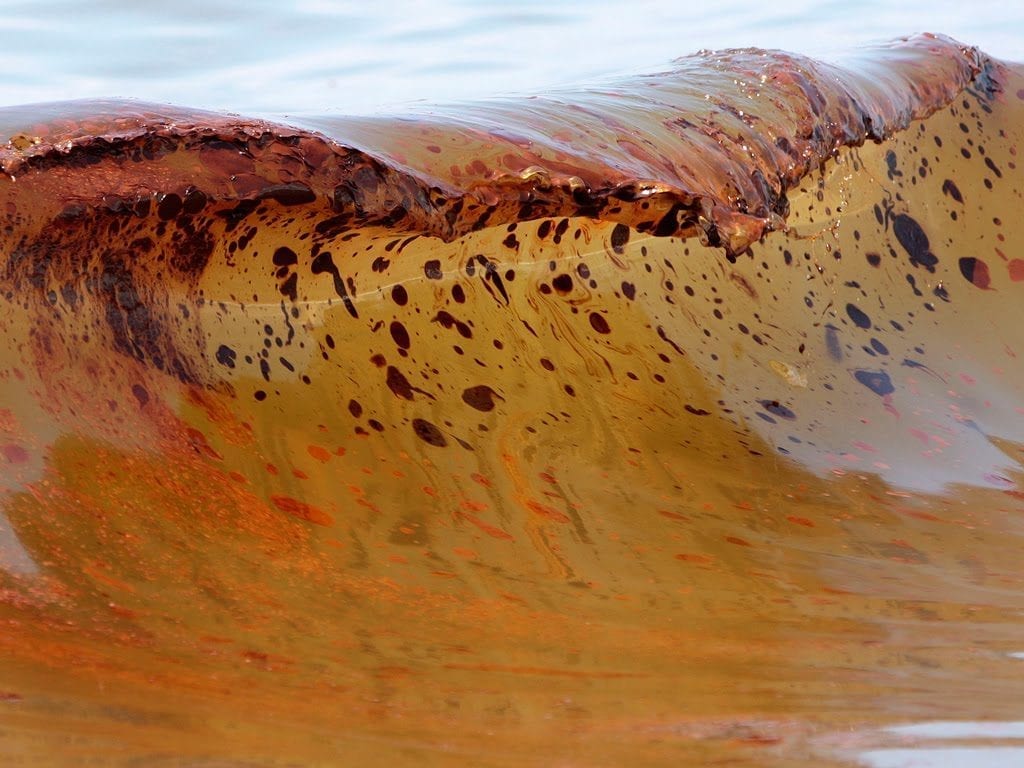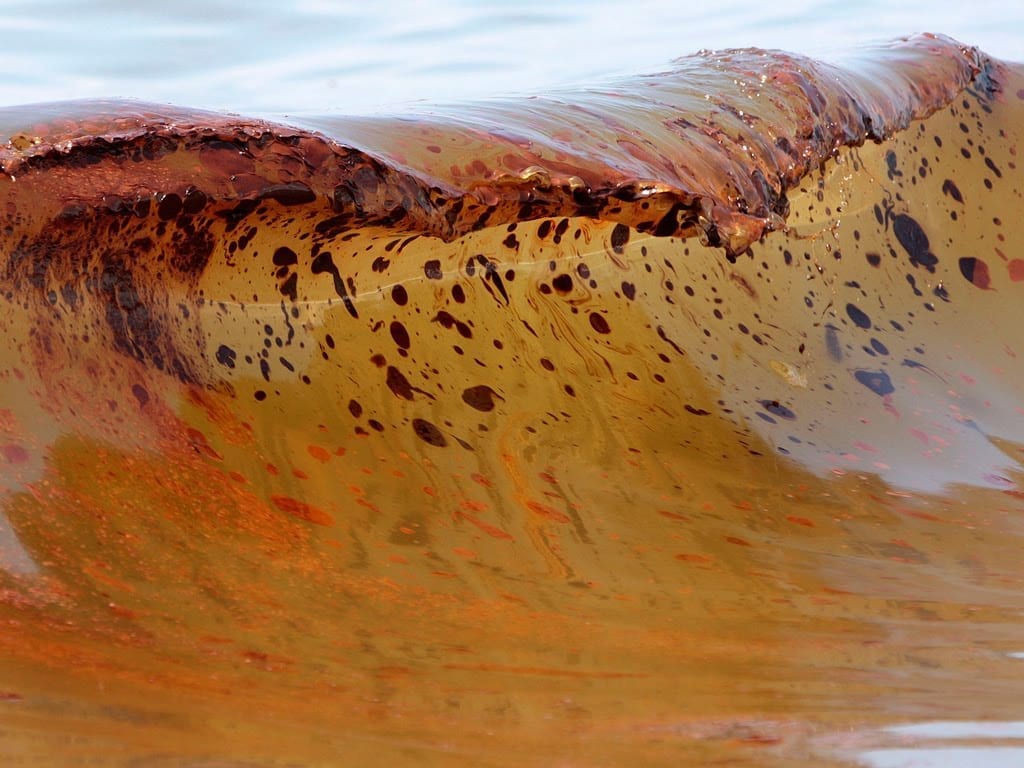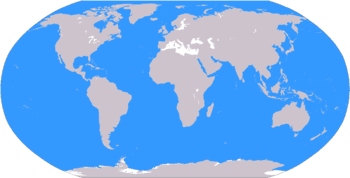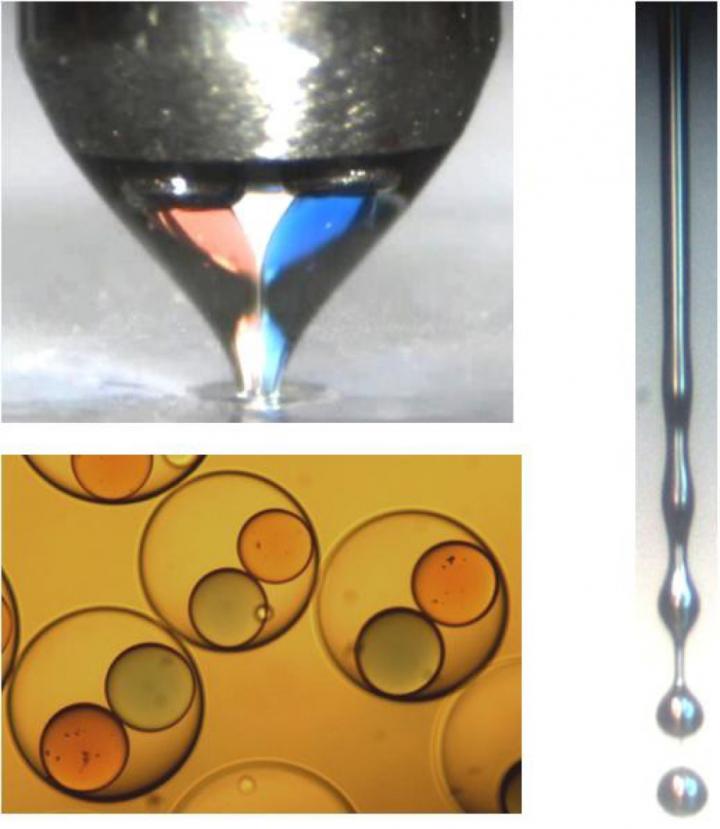
Developed at the Polytechnic University of Valencia, the sensors not only detect pollutants in very small quantities, but also work to establish the exact size and location of the polluted area.
Researchers at the Universitat Politècnica de València (Polytechnic University of Valencia, UPV) have designed an intelligent sensor system which enables the immediate detection and delimitation of toxic waste, diesel, and hydrocarbons in general in any body of water, not just the sea. So far tested under laboratory conditions it is able to detect even very small concentrations of chemical pollutants, as well as map out their precise location and spread.
Sea pollution is a serious global issue that has adverse effects on not only the immediate natural environment (marine fauna and flora), but also on human health and the economy.
Jaime Lloret from the UPV’s Research Institute for Integrated Management of Coastal Areas (ICIC) spells out the importance of a device like the one being developed: “Different chemical pollutants require different techniques for their clean-up. But the single most important factor for minimising the impact and damages to the affected area is how quickly they are detected. This is particularly critical in the case of oil spills, where a full clean-up is virtually impossible if decontamination efforts don’t start immediately”.
The sensors developed by UPV researchers are embedded in small floating devices. Based on sophisticated algorithms, the system is made up of several such wireless nodes that move independently through the spill in search of its outer limits.
“The nodes use the real-time data collected via their hydrocarbon sensors and their relative positions to seek out the edges of the spill, the point where it meets non-contaminated water. By doing so the system is able to provide information as to the exact location and extent of the spill” (Lloret).
This sensor system is the result of one of the main lines of research to emerge from the UPV’s master’s degree in the Assessment and Environmental Monitoring of Marine and Coastal Ecosytems, and was presented at 2015’s IEEE International Conference on Communication.
Read more: INTELLIGENT SENSORS THAT MAP OUT THE PRESENCE OF CHEMICAL POLLUTANTS IN THE SEA
The Latest on: Ocean pollution
[google_news title=”” keyword=”ocean pollution” num_posts=”10″ blurb_length=”0″ show_thumb=”left”]
via Google News
The Latest on: Ocean pollution
- Water Treatment Chemical Market Poised for USD 58 Billion Growth by 2034 Growing at a CAGR of 4.2%on May 8, 2024 at 12:39 am
According to Future Market Insights, the water treatment chemical market is expected to reach a valuation of USD 38.6 billion in 2024. The market is projected to reach USD 58 billion by 2034, ...
- PFAS pollution limits delayed after pushback from NC Chamberon May 7, 2024 at 11:19 pm
After pushback from the NC Chamber, two Republican-appointed members of the Environmental Management Commission are delaying the rulemaking process to limit ground and surface water pollution of PFAS, ...
- Plastic pollution talks end & Arctic peoples return home to a ‘sink’ of plasticon May 7, 2024 at 10:55 pm
Global plastic pollution talks in Ottawa came to a close April 30, and with them a group of Indigenous leaders from the Arctic are on their way home. But the mood remains bittersweet for the ...
- Water pollution high around Coimbatore's Vellalore dumpon May 7, 2024 at 9:14 pm
COIMBATORE: The air and water quality were very poor in the Vellalore area after the fire accident at the dump yard in the city, according to an RTI reply from the Tamil Nadu Pollution Control Board ...
- Discharge of scrubber water into the Baltic Sea is responsible for hundreds of millions in costson May 7, 2024 at 2:00 am
Discharge from ships with so-called scrubbers cause great damage to the Baltic Sea. A new study from Chalmers University of Technology, Sweden, shows that these emissions caused pollution ...
- 'Everywhere we looked, we found evidence': Microplastics expert on 20 years of pollution researchon May 6, 2024 at 9:14 am
Thirty years ago, while counting barnacles, limpets and seaweeds along rocky shores, I started noticing a daily tide of litter, mostly plastic. As a marine biology Ph.D. student at Liverpool ...
- Tyson Foods released 371 million pounds of pollution into U.S. waterways, report findson May 6, 2024 at 3:11 am
Meat processing company Tyson Foods released at least 371.7 million pounds of pollution into U.S. waterways between 2018 and 2022, according to a report from the Union of Concerned Scientists.
- Scientists find concerning accumulation of pollution in ocean: 'The ocean floor has become a resting place, or reservoir'on May 5, 2024 at 3:30 am
The estimate could be 100 times more than what we believe is floating on the surface. Scientists find concerning accumulation of pollution in ocean: 'The ocean floor has become a resting place, or ...
- How humanity’s ear-splitting racket deafens whales and other marine animalson May 5, 2024 at 3:00 am
Industrial activity has added up to 15 decibels of noise to the Santa Barbara Channel, new research has found. Hear the difference.
- Plastic Is Polluting Our Oceans. Will We Get a Treaty to Cut Plastic Waste?on May 1, 2024 at 8:11 am
Negotiators are considering ways to limit the massive amounts of plastic waste polluting oceans, harming wildlife and contributing to climate change.
via Bing News











